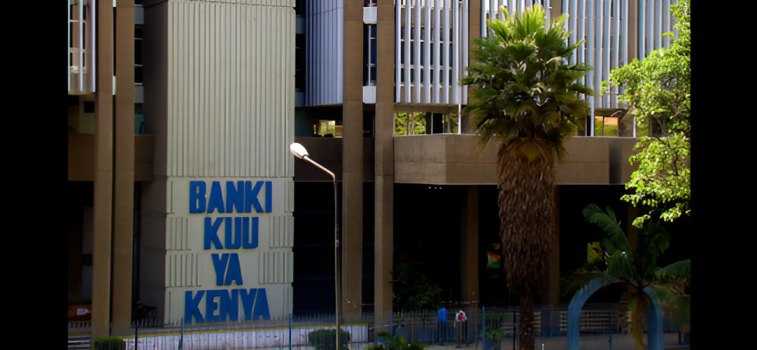CBK sets the record straight on interest rate caps

This clarification follows growing unease from the banking sector, voiced through the Kenya Bankers Association (KBA).
The Central Bank of Kenya (CBK) has dismissed allegations suggesting it is subtly bringing back interest rate caps via proposed adjustments to loan pricing methods.
This clarification follows growing unease from the banking sector, voiced through the Kenya Bankers Association (KBA).
In response to public feedback on its Risk-Based Credit Pricing Model, the Central Bank of Kenya has clarified that the new framework does not constitute interest rate control.
Additionally, the CBK reiterated its dedication to maintaining a liberal, market-driven credit environment.
The paper neither suggests bringing back interest rate caps nor implies that the Central Bank of Kenya (CBK) plans to abandon its current monetary policy framework, which is based on the interbank rate as the key operational target.
"The CBK remains committed to strengthening the effectiveness of its monetary policy implementation framework," the regulator affirmed.
In its statement issued on Tuesday, May 13, the Central Bank of Kenya (CBK) defended its proposed reforms, emphasizing that the changes aim to align monetary operations with broader macroeconomic objectives.
Among the steps already taken, CBK has reduced the width of the interest rate corridor around the Central Bank Rate (CBR) from 150 basis points to 75 basis points—a move it says has improved the stability of the interbank rate and brought it closer in line with the CBR.
The regulator has also revised the interest rate applied to the Discount Window—the rate charged to banks for overnight borrowing—cutting it from 300 basis points above the CBR to 75 basis points, aligning it with the upper limit of the interest rate corridor.
This adjustment is expected to enhance the affordability and predictability of short-term borrowing for banks, potentially translating into more favorable lending conditions for consumers.
The Kenya Bankers Association (KBA) earlier raised concerns about the proposed model, cautioning that, if adopted in its current form, it could hinder access to credit, particularly for micro, small, and medium enterprises (MSMEs) and other vulnerable borrowers.
KBA argued that the model effectively grants the Central Bank of Kenya (CBK) indirect control over lending rates, drawing parallels with the controversial interest rate cap law that was in force between 2016 and 2019.
According to KBA, merely setting the Central Bank Rate (CBR) without mechanisms to ensure its transmission into the market risks distorting policy outcomes.
"The model lacks the benefit of CBK actively enforcing its policy decisions. A well-functioning interbank market aligned with the CBR remains the most effective channel for transmitting monetary signals," the association stated.
They warned that without liquidity operations, such as injections or withdrawals, the link between the CBR and actual market behavior would be weak.
KBA firmly rejected the CBK’s proposal, criticizing its preference for the CBR over the interbank rate as the unified base rate.
"This approach fails to activate the intended policy outcomes once the CBR is set," the association said.
Furthermore, it argued that the proposed changes resemble a form of interest rate control that runs counter to the legal requirement for market-determined lending rates.
